|
3/9/2019 1 Comment redfish women part 2In Part One of this two-part article I discussed some of the various facets of women in competitive redfishing. I contacted some of the women and asked them how they felt about this topic. I asked them to discuss and list some of the advantages/disadvantages of women entering competitive angling. I got some interesting answers. Stacy Fretina believes that women are capable of fishing with equal expertise as men and makes several observations: “It is a male dominated sport and it is very difficult to break the barriers and get men to accept us as anglers just like themselves.” “There has never been a push to support and expose women anglers with women-specific events until the past year.” “I don’t believe women have an advantage over men. In fact, I think they have a disadvantage until they can prove themselves as anglers and not just women posing with fish.” “I would like to see more women-oriented fishing seminars where we can learn the things that make us better anglers.” “It would also be very helpful if more men would accept and mentor women anglers the way they were taught when they started.” Hallie Burnett also believes women can compete on the same level and with the same expertise as men and notes that: “There are no physical or mental limitations that should restrict competitive angling to men only. Many other sports require size, strength and speed to be successful whereas in fishing these attributes really don’t matter. In fact, fishing has more to do with patience; arguably giving women the advantage.” “Sometimes it seems that everyone expects us to fail and there is a perception that we are moving in on the men’s turf; both of which can be very powerful motivators. I think we all have a little bit of “Rosie The Riveter” in us.” “Men definitely have the advantage when it comes to the good old boy network. That’s not meant to be derogatory, it’s just a fact and it exists. But with more and more women joining the fray and learning to trust one another there has been a bit of a shift in that regard.” “There is an intimidation factor involved and some women are uncomfortable around that many men in a competitive arena.” “A lot of the men in tournaments treat women ‘like one of the guys’ and that’s tough for some of them to take. Not many women can handle that. It’s one of those ‘be careful what you wish for’ situations.” “Men tend to close the door when it comes to sharing information with the women anglers. It’s that very information that, when added to years of experience, becomes a multiplier for performance. Women don’t have that network – yet.” “I know that every woman has their reason why they don’t just jump out of the proverbial frying pan and into the fire but I truly hope they find their passion and make it happen!” Starr Boykin - Barbara and I were one of the first all-female teams to consistently compete on the redfish circuits and we felt pretty much like we were on our own out there. We had to learn everything from the ground up and, back then, there was no one we could relate to for help and information. “There is still a disadvantage being a women’s team among the men because there is still not a large number of men willing to share their knowledge and information with an all-female team.” “Many women who would like to compete are raising families and can’t get the time or resources to compete.” “Seminars directed specifically at competitive anglers would be helpful for both men and women.” “Handling equipment and boats is the same for both men and women and the only difference is that women just don’t often get the experience and the confidence they need.” “It is my fondest hope that Barbara and I have been a positive influence to some of the women that are now stepping up to compete.” Barbara Scopelitis offers further insights: “The perceived success or lack of success by women’s teams is information related rather than gender related.” “There are very few female fishing guides and they tend to do well in their area but when traveling say, from Florida to Louisiana or Texas, they would need help from their male counterparts and it just doesn’t happen.” “It took Star and I years at the different venues to find decent fish. We have had a few high finishes like 2nd or 3rd which is pretty miraculous given the current situation.” “One of our biggest challenges was learning where the fish go with changing weather patterns. We didn’t have any information about that and it was a difficult problem to overcome. We were in 1st place after day one in Port A a few years ago and a norther came through that night. The next day our fish were gone. The local guys knew where to go but we didn’t. No one had ever shared that kind of information with us.” “We have hung in there and fished for the camaraderie and for the pure joy of it. We hope we have been an inspiration to the all-female teams that are out there now. And we hope that some of the barriers will fall a little more easily now.” “I would strongly recommend to women interested in competing that they hone their boating and navigation skills as well as learning to make repairs on the water before they get into serious competition.” Manny Aldrich Altman also has some observations to share: “I think there is a misconception that men fish better than women. I think there is no difference and it depends a lot on how you were raised. I was fortunate to be raised by a mom who taught us how to fish and crab and survive off the land.” “The majority of anglers know when a woman can fish and I think it is a bit intimidating to some of them.” “My personal preference is to fish with my husband because we are a great team. It’s interesting that most of the guys think I’m just along for the ride.” “Information sharing and teaching is the big bridge that hasn’t been crossed yet.” April Dubroc Hrubes: I’ve been fishing since I was two years old with my dad and great grandfather. I had the benefits of learning both pier fishing and boat fishing from them. It was my husband, Shawn Hrubes, who taught me to fish with artificial baits. He got me interested in competitive fishing about six years ago in an LASS tournament. After that first tournament I was hooked. Two years later we fished the IFA and the Tito’s events. Then Shawn wanted to fish the IFA with his dad and, although I wanted to fish, I didn’t have a partner. I began searching for a partner and found Melissa “Missy” Larson. We have been together and learning this game ever since. “One of the biggest challenges is having time on the water. We both work and it is hard for both of us to get off.” “I believe that more and more men on the tours are accepting us as just another competitor and not as something unusual. We still don’t have the advantage of being in the information circles though, but I think that will come.” “I also believe that more seminars directed towards giving women confidence to compete and bringing women into the sport are needed. It doesn’t matter who is teaching them just that the information is pertinent to success on the water.” “The cost of the participating in competitive redfishing is also a factor. Boat maintenance and entry fees alone are fairly significant.” “Confidence is probably the biggest difference I see in men vs women anglers. I think women that have had to learn on their own lack the confidence and overall support that men entering the field have.” Melissa “Missy“ Larson also believes women can be just as competitive as men because, she says, "it is a sport that requires constant learning and time on the water". Missy is all about learning and teaching: “Dads, boyfriends, and husbands take their women fishing but most women are not encouraged to learn to launch, drive, and maneuver a boat.” “Minor repairs is another area that is ‘all men’ and women are rarely ever taught what to expect or do about on-the-water issues.” “Competitive fishing is more than just casting and catching – it’s work! And we need someone to teach and coach us into that world.” “You have to have a passion for it because it’s hard work and takes a great deal of time.” “Courses teaching the basics of boating terminology, boating etiquette, differences in rods and reels, what baits to use in different areas and times of the year, knot tying, GPS navigation, and more.” “Women need to realize that they are not alone out there and it is an amazing freedom once you start doing it regularly.” “One of the most important things is to have coaches. Listen to them, they will guide you. I have been lucky to have the support of my husband and some great coaching from Chad Dufrene and Devin Denman as well constant encouragement from Wanda Stewart.” Jennifer Sasser believes women can fish as well as men and sometimes maybe even better since women seem to be more focused and patient in the pursuit of fish. Some of Jennifer’s thoughts are as follows:
“Some of the disadvantages women face include the fact that most fishing gear/equipment is geared towards men and most, not all, men feel like they must dominate when it comes to fishing and and never really see what their women can do.” “Some of the reasons there aren’t as many women competing is that women are still the ones responsible for managing the home, kids, pets, school, job, etc. It is much more difficult for a woman with a family to take off and go fishing so they miss out on a lot of time on the water.” “I would tell any lady coming in to the sport to be brave, listen, take notes, and reach out to other lady anglers for help and guidance. Find a partner that has the same passion for the sport as you do and don’t be intimidated by negative people – male or female. Have fun and most importantly - Don’t give up!”” SO, that’s it boys. If you’re scared say scared. If you’re not scared, then choose to accept and mentor these women who are pioneering their participation in the sport because they are persevering in spite of the odds stacked so heavily against them. I confess that I look forward with great anticipation to the first all-female team to win a title. And now, I shall now seek seclusion behind my shield maidens for protection from the inevitable flurry of slings and arrows that will be lofted at my person.
1 Comment
3/9/2019 2 Comments Redfish Women Part 1(Warning – some of the statements in this two-part article may be offensive to the male ego.) There’s not a successful man anywhere, at any time, or in any place that was not influenced, driven, encouraged, directed, and developed by a good woman. That woman may have been his friend, his lover, his wife, his mother, or his sister. There is always a woman. This is undeniable truth. Men and women have held different roles in various societies throughout history. There were the Amazons and Shield Maidens that went to battle beside their men and are now lost in the fog of history. There were women that ruled as queens, emperors, and pharaohs. Many matriarchal societies still exist today where women are the dominant and driving force of the entire civilization. In yet others the women are subservient to men in all things. In all those diverse civilizations and societies one thing rings true throughout history – the entire course of human history has been determined, directly or indirectly, by women. However the ground rules of a society are laid out or however a civilization develops the rules of male-female interaction, like it or not, the fact remains that without our women we, as men, would be lost and floundering in the darkness of indecision and misdirection. If you made it through the first three paragraphs without hitting the delete button you can now read on about the topic at hand. Enter redfish competition. I have long been interested in the question of why there aren’t more women in competitive angling -particularly redfish competition. I have come up with all manner of reasons why this is so but none of them are very satisfying. For men, competitive angling satisfies the innate male need to compete, to fight, to wage war on the opposition. It is a subtle means of winning battles and wars without enduring or inducing physical harm. Victories are hailed by all, envied by some, and spurned by others. Heroes emerge, competitors train harder, others join the ranks to test their mettle and, soon, a sport is born from the hot fires of testosterone fueled competition. This is men’s work they would say. Poppycock and balderdash I say. Competitive angling, as a matter of competition, is not so different as in other eras of history when men have gone off to battle while the women were left behind look after the home, the children, the crops, and the land so their men would have a place to return to. The similarities are actually quite striking. When I ask women why they do or don’t compete in redfish competitions I get all sorts of answers. “It’s too expensive”, “Someone has to stay home and look after the kids”, “I wasn’t taught to fish”, “There’s too many men out there”, and etc, and etc. Women inherently understand the male need to compete. On some level they get it. Interestingly, some women (perhaps the Shield Maidens of olden times) feel this competitive urge too. The desire to test their mettle against those same men in “their” man-sport burns hot within them. In theory, women should be better anglers than men. They have more patience, they concentrate on tasks better, they tolerate pain better, they have better color vision, they are more socially integrated, and they understand the male ego in ways we can never know. So, where are they? Why aren’t they out here with the rest of us? Way back in the Cup days I remember what an interesting thing it was to see Leiza Fitzgerald and Merrily Dunn along with Starr Boykin and Barbara Scopelitis competing in redfish tournaments. It was very unusual, and I confess that I immensely enjoyed the angst among the men that was created by their very presence. The talk around the men’s camps revolved around how bad it was going to be to “get beat by the girls” and who would be the first poor slobs to fall to this unheard-of travesty. No one wanted to be that team because they would be unmercifully taunted. Ridiculous I know; but there it is. I was there. I saw it. I heard it. And, I didn’t much like it. Fast forward to today. There still aren’t very many women competing but there are a few and I think there would be more if we would just open the door and invite them in. Oh my, but that would require a complete resetting of the male barometer now wouldn’t it? I say we need to move on past the current state of affairs and grow this sport to ever higher levels by inviting, teaching, encouraging, and helping women who have that competitive desire learn the game. We need sponsors to recognize these women’s teams and give them the same support. In short, we need to put out the welcome mat and stop pushing back to protect “our” battlefield. I also believe that the development of a few “women only” competitions would be a good place to start the training but ultimately it is a sport in which men and women could be, and should be, completely integrated on the field of play. Having a men’s and women’s division separately makes no sense because that would be, in essence, a confession that women cannot compete with men at the same level which is nonsense. In Part Two I will continue this topic and ask some of the women competing today what their thoughts are on the subject. 3/8/2019 0 Comments Keep it localby Gritter Griffin Local - belonging or relating to a particular area or neighborhood. Patrick Stamps and David Faulkenberry are local to somewhere too. But they do “local” a little differently than you may think. These guys are determined to be local – Everywhere! I know it sounds a little strange because we usually think of local as just that - local. Patrick and David have taken the stance that everyone and everything is local somewhere, but they want their brand, Local Boy Outfitters, to be local everywhere. To that end they customize their line of clothing to any area in the country to represent local pride, local industry, and local history. These guys have been friends since childhood. They grew up together in South Carolina going to school, playing sports, and enjoying all things outdoors. Most importantly, though, they discovered the value of hard work. They were taught that local businesses were the lifeblood of any community. They learned that shopping and buying local was one of the most important things you could do for your community and it became a way of life for them. For several years Patrick was a heavy equipment operator and David was working in his family’s offset printing business. Somewhere along the way these lifelong friends made the decision to work together in the clothing business. Initially they were going to be a brick and mortar store and sell multiple brands of clothing. They rented space in a warehouse that backed up to the South Carolina University baseball stadium and sold their clothing products during baseball games. Over many weeks and many beverages, they discussed the idea of a name for their clothing sales and branding. The name – Local Boy Outfitters - was the easy part. They had long recognized the simple truth that everyone is local to somewhere. The logo took a little longer. A lot longer actually. They wanted their logo to be simple but meaningful. It needed to represent a way of life, of community, of camaraderie. They both liked the idea of including a dog. Nearly everyone loves dogs and can relate to one or more sometime in their life. It’s kind of like being local; nearly everyone can relate to that too. When they had the logo worked out, they printed some T shirts, pushed their logo, had some success, and pretty quickly realized that people liked their name and logo better than the other brands they were selling. This was the sentinel moment in their lives and their business when they realized that they needed to be their own brand and represent something more than a name. These guys want to represent a lifestyle. They started with quality polos and pants at good prices and went to work creating brand recognition. They didn’t have the luxury of a big cash influx to get them started. They did it all by building on sweat equity. They educated themselves, learned the manufacturing and logistics of the clothing business, and along the way began to come up with unique ideas to promote their brand. They started in 2013 but it was 2015 before they “got it right” and really began to build the brand. With David as the detail guy and Patrick as the front man, doing the talk and walking the walk, they began to make progress. They traveled to Baton Rouge to a Junior League Show and did very well. After that it was show after show to get their name and product line out there. And it worked. Their basic philosophy and business model was pretty simple really. They wanted to produce excellent clothing and sell it at a price that everyone could afford. This way, they thought, a customer could buy two or three pairs of slacks at $60 instead of one (of the same quality) at $90 - $110. They would later describe their strategy as “not being greedy or speedy” but doing whatever it takes to make the plan happen. For the first few years these guys were not only diligently pushing their brand but both were still working at their “day jobs”. Patrick for himself and David with his family. When Patrick was asked what line of work he was in before Local Boy he replied with a grin, “I was running skidders and dozers, and backhoes. I have no idea how I wound up selling clothes”. Besides teaming up with local schools to create clothing that represents the school image and logo, they have plans to team up with charter boat captains and other companies to develop a line of clothing these captains and companies can use to promote their businesses. What better way to get a name in front of the right people than great shirts and hats emblazoned with logos prominently displaying their own business. The trail to success hasn’t been a smooth one for these local boys. Patrick and David credit their wives – both have wives named Stacey by the way – with much of their success. They both agree that it is the “Staceys” that have been the rock they depended on to maintain the home front while they were on the road week after week. They both agree that the challenges and difficulties they encountered would have seemed much more daunting were it not for the fact that their wives and families collectively believed in what these guys were doing and felt it was special. Their friends and their community were also very supportive and rallied behind them all the way Lifelong friends. An idea. Belief. Boots on the ground. Hard work. Perseverance. Success. You know what local really is? Local is fun. Local is friends. Local is family. Local is community. That’s what these two guys and Local Boy Outfitters are all about.….. Home! |
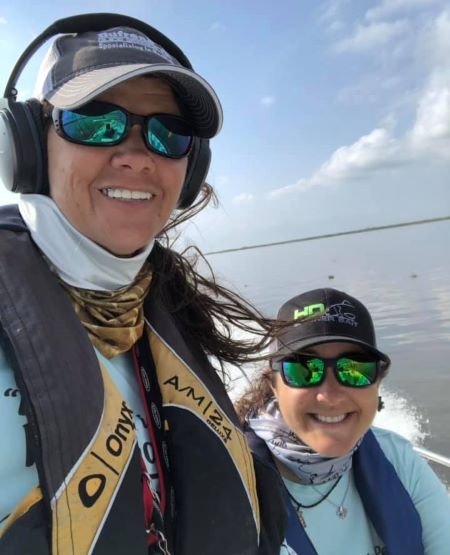
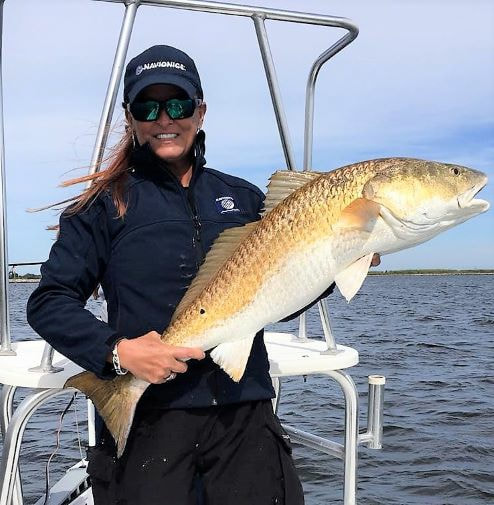
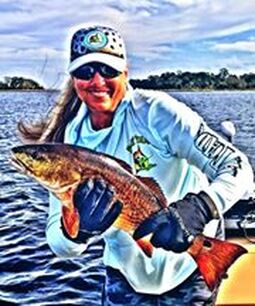
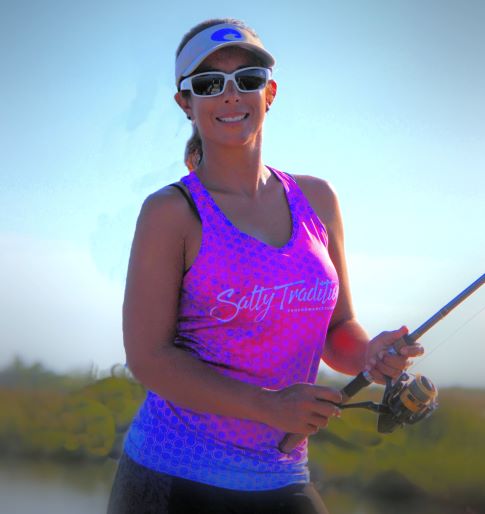
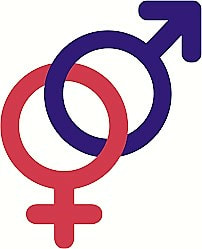

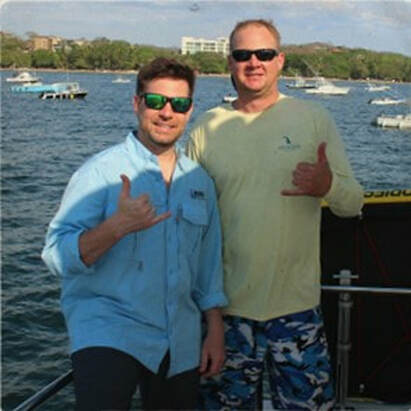
 RSS Feed
RSS Feed
